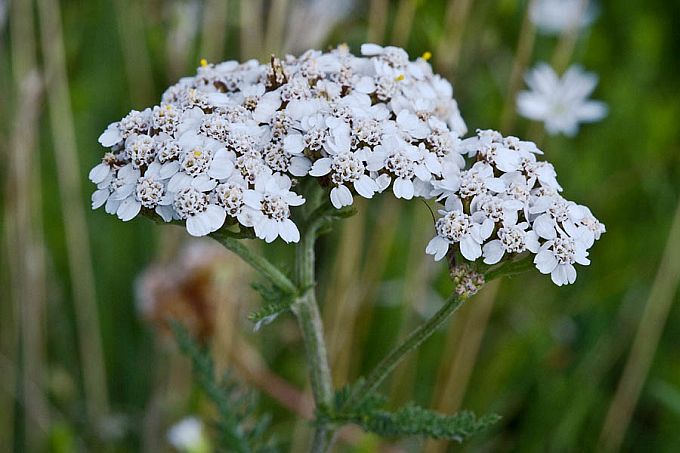Thunder brings a temporary cold spell, nature is “freezing” at 20˚C. But during the day, a smiling sun peeks through an opening in the clouds and spreads tropical heat again, and the dance of butterflies in my flower garden starts anew.
I have a modern butterfly garden, as the fashion in Europe now dictates.
I have looked for plants that smell and attract butterflies. I cannot recall such a lively butterfly life in my garden before. Red admirals, peacock butterflies, painted ladies, and among them, hidden under a leaf, a night butterfly - each one more beautiful than the next. I see a brown-white-orange painted lady landing on a lovely violet lavender blossom - a true beauty, so far up north. It settles serenely and elegantly on the flower, folds its wings, reaches out its long “elephant trunk” to the cup of nectar and sucks, calmly and lengthily, with great pleasure - until a sparrow, hoping for an unusually big mouthful, scares it off. But the warm weather and spunk save the lovely wings - the colourful beauty is a clever flying ace as well!
Now humankind has suddenly been seized by a strong desire to gather herbs. Suitable weather like this cannot last forever! When at the beginning of last week I heard complaints that there was no yarrow to be found in northern Estonia, I set out to see for myself.
There was, and a lot of it, but this year they are shorter and already slightly wooden. At this time of the year the newly opened flowers usually tend to droop a little after being picked. I suspect, that if the yarrow is hiding from you this year, your need for its medicinal properties is probably not that urgent.
Ain Raal says, that people with especially digestive problems should pick them, and also if your immune system needs improvement.
Ain also says, that it’s wisest to pick the common yarrow, as its “brothers”, sneezewort and silver spray, plentiful on the shores of Lake Peipus, are not as effective.
Interesting is, that while in the old days it was believed, that the yarrow subspecies with pink flowers had better medicinal qualities as they seemed somehow special, now we know, that it’s not really so. They do contain more chlorophyll, but the white-flowered yarrow contains more etherial oils for medicinal purposes.
For yarrows, it advisable to cut off only the flower clusters without stems, as the stems don’t add any value to the tea, only take up space.
I, however, like to pick my yarrow flower clusters with about 10-cm long stems, so I can tie them into a lovely bouquet.
As soon as you can detect some brown among the yarrow flowers, the gathering season is over. This year that time is arriving earlier than usually.



